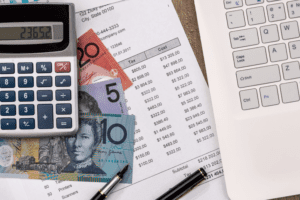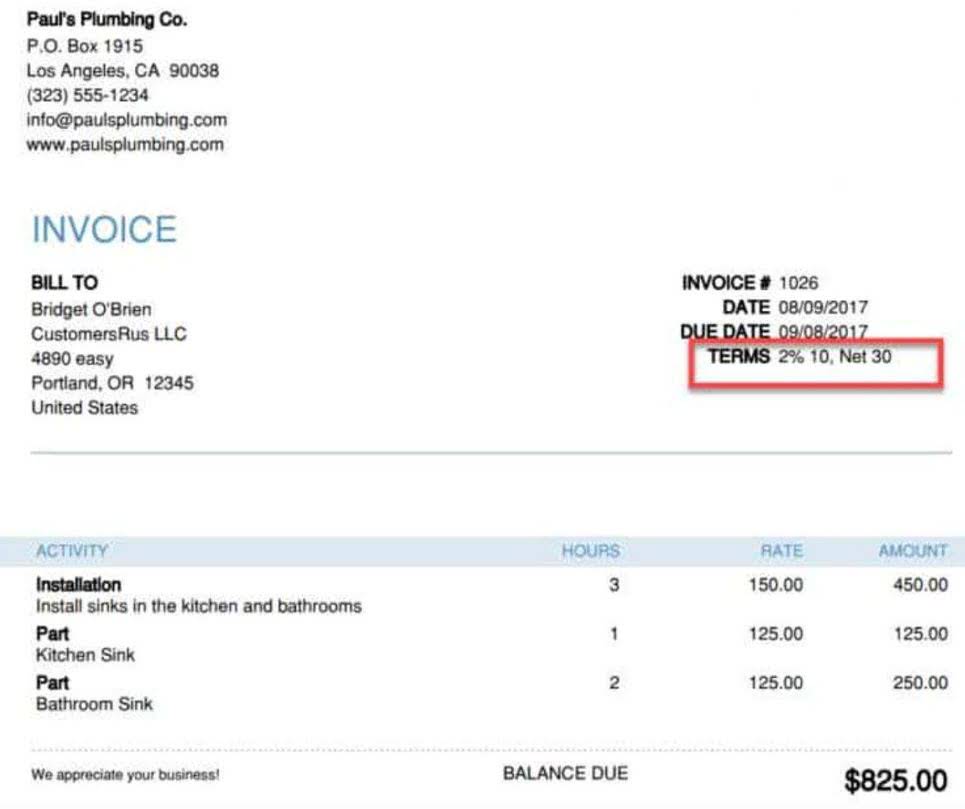

Below is the graph illustrating the relationship between interest rate over time for future value of one dollar. With a single investment like this, its expected value at the end of year 5 is called the future value (FV) of a single amount.


Present Value of a Series of Unequal Cashflows


We see that the present value of receiving $5,000 three years from today is approximately $3,940.00 if the time value of money is 8% per year, compounded quarterly. Because the interest is compounded quarterly (every 3 months), the annual interest rate is converted to 2% per quarter. Our online tools will provide quick answers to your calculation and conversion needs. https://achieve-via.com/2023/08/29/predetermined-overhead-rate-formula-calculator/ The future value of a single sum tells us what a fixed amount will be worth at a future date given the interest rate and compounding period.
Building on the Accounting Foundation of the External Financial Statements
Series of payments are classified into equal cashflows and unequal cashflows. A balance on the right side (credit side) of an account in the general ledger. It will contain the date, the account name and amount to be debited, and the account name and amount to be credited. Each journal entry must have the dollars of debits equal to the dollars of credits.
Using the FV Function in Excel


Rates for the second and third five-year periods and expected to be 6.5% and 7.5%, respectively. Now let’s use the formula above to calculate the future value of a single amount. Before applying the formula above, let’s go through the concept of compounding interest at the end of each year separately. So the future value at the end of each year comes from the principal plus interest at that given year. The principal and interest will become a new principal for next year and future value of single amount so on. Many investments offer a series of uneven, relatively even, or unequal payments over a given period.
- For example, if $1,000 is deposited in an account earning interest of 6% per year the account will earn $60 in the first year.
- The calculation of future value determines just how much a single deposit, investment, or balance will grow to, assuming it is left untouched and earns compound interest at a specified interest rate.
- Many investments offer a series of uneven, relatively even, or unequal payments over a given period.
- If our future value factors were not rounded to only 3 decimal places, the present number of visitors per day at December 31, 2024 would have been 35,069 and that would result in 50,000 at Dec 31, 2025.
- If the payment is not constant and is instead growing (or even getting smaller), then the FV function can’t really handle what we need.
- Fundamentally, future value is how much an investment made today will be worth at some point in the future.
During the second quarter of 2025 the account will earn interest of $204 based on the account balance as of March 31, 2025 ($10,200 x 2% per quarter). The interest for the third quarter is $208 ($10,404 x 2%) and the interest for the fourth quarter is $212 ($10,612 x 2%). Understanding the future value of a single amount is the foundation for the more complex future value. It is very straight forward to calculate either by using the formula, future value interest factors table, or in Excel Spreadsheet. A small-scale businessman receives income from his business at the end of each year.
This article walks through how to calculate both the present value and the future value of a single amount, and why these tools are foundational for financial modeling… This is the essence of the time value of money—the idea that a dollar today is worth more than a dollar tomorrow. Fundamentally, future value is how much an investment made today will be worth at some point in the future. Therefore, future value is critical in making informed decisions about investments or even savings. In this article, we will further discuss future value, how to utilize the future value formula, and how to apply it in different financial scenarios.


Quantitative Finance For Dummies Cheat Sheet
Again, we made the payment a negative number, as well as the present value. Excel has a useful function known as FV, which calculates the future value of an investment. It can also take into account additional investments beyond the initial investment/present value. Compound interest is the process where an investment earns interest not only on the principal but also on the interest that accumulates over previous periods.
Therefore, different methodologies are employed in the valuation of their present values. The future value of an unequal stream of payments is calculated by working out the sum of the future values of individual payments. The saving pattern of self-employed individuals who save depending on their income level at a particular time is a good case income statement in point. A contra asset account arising when the present value of a note receivable is less than the face amount of the note.






